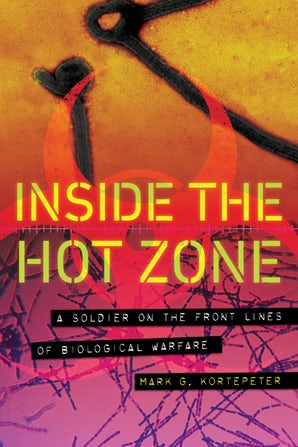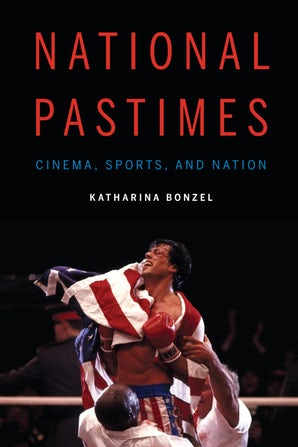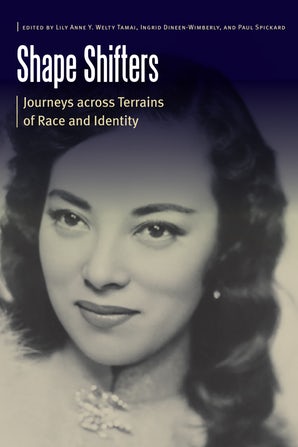
The Nebraska Publications Clearinghouse receives documents every month from all Nebraska state agencies, including the University of Nebraska Press (UNP). Each month we will be showcasing the UNP books that the Clearinghouse receives. UNP books, as well as all Nebraska state documents, are available for checkout by libraries and librarians, for their patrons, in Nebraska.
Here are the UNP books the Clearinghouse received in January 2020:

Chaucer’s losers, Nintento’s Children, and Other Forays in Queer Ludonarratology Tison Pugh (Series: Frontiers of Narrative)
Tison Pugh examines the intersection of narratology, ludology, and queer studies, pointing to the ways in which the blurred boundaries between game and narrative provide both a textual and a metatextual space of queer narrative potential. By focusing on these three distinct yet complementary areas, Pugh shifts understandings of the way their play, pleasure, and narrative potential are interlinked.
Through illustrative readings of an eclectic collection of cultural artifacts—from Chaucer’s Canterbury Tales to Nintendo’s Legend of Zelda franchise, from Edward Albee’s dramatic masterpiece Who’s Afraid of Virginia Woolf? to J. K. Rowling’s Harry Potter fantasy novels—Pugh offers perspectives of blissful ludonarratology, sadomasochistic ludonarratology, the queerness of rules, the queerness of godgames, and the queerness of children’s questing video games. Collectively, these analyses present a range of interpretive strategies for uncovering the disruptive potential of gaming texts and textual games while demonstrating the wide applicability of queer ludonarratology throughout the humanities.

Inside the Hot Zone : A Soldier on the Front Lines of Biological Warfare Mark G. Kortepeter
Inside the Hot Zone is an insider’s account of one of the most dangerous workplaces on earth: the United States Army Medical Research Institute of Infectious Diseases (USAMRIID) in Fort Detrick, Maryland. Retired U.S. Army Col. Mark G. Kortepeter, a leading biodefense expert, recounts his journey from the lecture hall to the role of department chief, to the battlefield, to the Biosafety Level-4 maximum containment lab, and finally, to the corner office.
During Kortepeter’s seven and a half years in leadership at USAMRIID, the United States experienced some of the most serious threats in modern germ warfare, including the specter of biological weapons during the Iraq War, the anthrax letters sent after 9/11, and a little-known crisis involving a presumed botulism attack on the president of the United States. Inside the Hot Zone is a shocking, frightening eye-opener as Kortepeter describes in gripping detail how he and his USAMRIID colleagues navigated threats related to anthrax, botulism, smallpox, Lassa, and Ebola.
Kortepeter crafts a rich and riveting narrative as he wrestles with life-and-death decisions managing biological weapon exposures. The stories are real, but they could just as easily serve as plotlines in popular fiction or Hollywood thrillers. He gives the reader a seat at the table as each crisis unfolds, with an unvarnished and personal perspective on the dangers, the drama, the fear, the frustrations, the irony, and the uncertainty he encountered as a physician in the role of “Biodefender.”

National Pastimes : Cinema, Sports, and Nation Katharina Bonzel (Series: Sports, Media, and Society)
Sports have long fascinated filmmakers from Hollywood and beyond, from Bend It Like Beckham to Chariots of Fire to Rocky. Though sports films are diverse in their approach, style, and storytelling modes, National Pastimes discloses the common emotional and visual cues that belie each sports film’s underlying nationalistic impulses. Katharina Bonzel unravels the delicate matrix of national identity, sports, and emotion through the lens of popular sports films in comparative national contexts, demonstrating in the process how popular culture provides a powerful vehicle for the development and maintenance of identities of place across a range of national cinemas.
As films reflect the ways in which myths of nation and national belonging change over time, they are implicated in important historical moments, from Cold War America to the class dynamics of 1980s Thatcherite Britain to the fragmented sense of nation in post-unification Germany. Bonzel shows how sports films provide a means for renegotiating the boundaries of national identity in an accessible, engaging form. National Pastimes opens up new ways of understanding how films appeal to the emotions, using myth-like constructions of the past to cultivate spectators’ engagement with historical events.

Shape Shifters : Journeys Across Terrains of Race and Identity Edited by Lily Anne Y. Welty Tamai, Ingrid Dineen-Wimberly, and Paul Spickard (Series: Borderlands and Transcultural Studies)
Shape Shifters presents a wide-ranging array of essays that examine peoples of mixed racial identity. Moving beyond the static “either/or” categories of racial identification found within typical insular conversations about mixed-race peoples, Shape Shifters explores these mixed-race identities as fluid, ambiguous, contingent, multiple, and malleable. This volume expands our understandings of how individuals and ethnic groups identify themselves within their own sociohistorical contexts.
The essays in Shape Shifters explore different historical eras and reach across the globe, from the Roman and Chinese borderlands of classical antiquity to medieval Eurasian shape shifters, the Native peoples of the missions of Spanish California, and racial shape shifting among African Americans in the post–civil rights era. At different times in their lives or over generations in their families, racial shape shifters have moved from one social context to another. And as new social contexts were imposed on them, identities have even changed from one group to another. This is not racial, ethnic, or religious imposture. It is simply the way that people’s lives unfold in fluid sociohistorical circumstances.
With contributions by Ryan Abrecht, George J. Sánchez, Laura Moore, and Margaret Hunter, among others, Shape Shifters explores the forces of migration, borderlands, trade, warfare, occupation, colonial imposition, and the creation and dissolution of states and empires to highlight the historically contingent basis of identification among mixed-race peoples across time and space.

Willa Cather and the Arts Edited by Guy J. Renolds (Series: Cather Studies, Vol. 12)
Over the five decades of her writing career Willa Cather responded to, and entered into dialogue with, shifts in the terrain of American life. These cultural encounters informed her work as much as the historical past in which much of her writing is based. Cather was a multifaceted cultural critic, immersing herself in the arts, broadly defined: theater and opera, art, narrative, craft production. Willa Cather and the Arts shows that Cather repeatedly engaged with multiple forms of art, and that even when writing about the past she was often addressing contemporary questions.
The essays in this volume are informed by new modes of contextualization, including the increasingly popular view of Cather as a pivotal or transitional figure working between and across very different cultural periods and by the recent publication of Cather’s correspondence. The collection begins by exploring the ways Cather encountered and represented high and low cultures, including Cather’s use of “racialized vernacular” in Sapphira and the Slave Girl. The next set of essays demonstrates how historical research, often focusing on local features in Cather’s fiction, contributes to our understanding of American culture, from musicological sources to the cultural development of Pittsburgh. The final trio of essays highlights current Cather scholarship, including a food studies approach to O Pioneers! and an examination of Cather’s use of ancient philosophy in The Professor’s House. Together the essays reassess Cather’s lifelong encounter with, and interpretation and reimagining of, the arts.
**All synopses courtesy of University of Nebraska Press (https://www.nebraskapress.unl.edu/)

